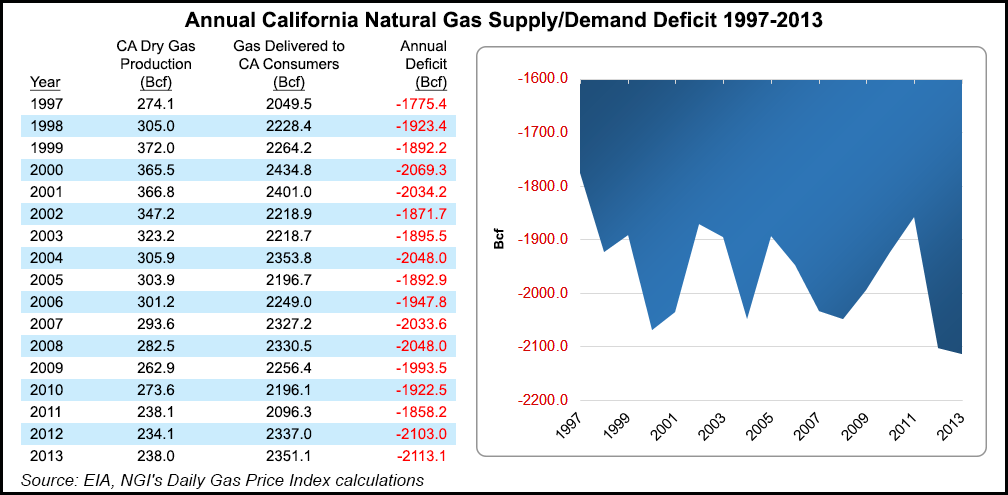California Producer, Partners Considering West Coast LNG Terminal
Australian Oil Co. Ltd. (AOC) is leading a newly formed joint venture (JV) pursuing the development of a liquefied natural gas (LNG) export terminal on the U.S. West Coast, the Sacramento Basin-focused oil and gas producer said this week.

Cal LNG LLC is incorporated in the United States and is a JV of AOC (42%), Xstate Resources Ltd. (18%) and private oil and gas company Blue Sky E&P Holdings Ltd. (40%). Blue Sky is an Indonesian-focused offshore oil producer working with Indonesian state-owned oil company Pertamina and producing more than 2,000 b/d.
The JV is in negotiations to secure a site for the project, West Perth, Australia-based AOC said. The producer intends to pursue the exploration and development of its Alvares and Dempsey prospects in California while working to advance the LNG project.
“The formation of Cal LNG adds another growth platform for AOC in California, and we are committed to building a multi-tier energy business focused on this market,” said AOC Managing Director Gary Jeffery. “Further strengthening our view is the fact that there are limited LNG export facilities on the West Coast of the United States, and we intend to capitalize on this.”
“The sites we have identified are situated in locations that give us flexibility to pursue LNG export opportunities and growing U.S. LNG transport markets.”
Multiple projects have been proposed to export LNG from British Columbia; however, the backer of one of the leading projects just announced that its plans are on hold due to declining oil prices (see related story). Additionally, two terminals have been proposed for the Oregon coast (see Daily GPI, Nov. 4).
AOC said it is in talks with multiple parties regarding farm-outs for the Dempsey and Alvares prospects. “It is important to stress that advancing Dempsey and Alvares is our first and immediate priority, and the formation of Cal LNG will not distract us from this,” Jeffery said. “Our priority is to secure agreements on terms that are favorable to our shareholders, increase the value of our assets, and deliver sufficient funding while maintaining our conservative capital structure.”
The Sacramento Basin forms the northern half of California’s Central Valley. It is an elongate, northwest-trending structural trough filled with more than 20,000 feet of Early Cretaceous and younger marine and nonmarine sedimentary rocks. The basin has been extensively explored, and more than 9 Tcf of natural gas has so far been produced, according to AOC.
“The organizers of the project must be looking to take advantage of higher prices overseas because there is another potential market for future California natural gas production: California itself,” said Patrick Rau, NGI director of strategy and research, adding that the state has consumed more than 2 Tcf more of natural gas than it has produced over the last two years.
The California project would likely have to compete for supplies from other producing regions, such as Western Canada, Texas and the Rocky Mountains, but not all those areas may be an ideal match for California exports, he said. “There are already many competing export projects for Western Canadian supply, including two in Oregon, which is obviously closer to the Canadian wellhead than California,” Rau said. “Texas production might be better served by flowing out of the number of projects being built and proposed in the Gulf Coast. But perhaps the proposed California facility would provide a more viable export option for Rockies production, depending, of course, on transportation rates.”
© 2024 Natural Gas Intelligence. All rights reserved.
ISSN © 1532-1231 | ISSN © 2577-9877 |
